Hello Hive community, today I will present you a very useful and entertaining resource for Teaching Units and Tens for First Grade Children.
How to explain to children during this stage and how to incorporate them into the world of mathematics? When learning numbers, they must learn, how they are formed, through logic, what exists in them; Therefore, with different resources (as I have presented in other posts), we are incorporating them into the world of numbers, that is, children exercise their brains to solve problems. The unit and ten, are the smallest elements and the first, that children have to understand, to understand, the quantities, figures and numbers.
That is why we would begin by explaining that the Units: is the smallest element that is used to count and represent figures. Here, we talk about counting 1 x1, that is, from 0 to 9, example: 1 pencil, 6 carrots, 9 tacos, etc. Decimals are grouped by quantities of 10 units, that is, we speak of 10 in 10. To better explain: We speak of the Positional Table of Units and Tens, which we will explain through the resource that we will elaborate, to explain to children , the location of the units and tens.
Next, he presented the materials and steps for its preparation:
,
Hola comunidad de Hive, hoy les presentaré, un recurso, muy útil y ameno, para la Enseñanza De Las Unidades Y Decenas, Para Niños De Primer Grado.
¿Cómo explicarle a los niños, durante esta etapa y como incorporarlos al mundo de la matemática?. A la hora de aprender los números, deben de aprender, como se forman, a través de la lógica, que existe en ellos; por lo que, con diferentes recursos (como les he presentado, en otros post), los vamos incorporando, al mundo de los números, es decir, los niños ejercitan, su cerebro, para resolver problemas. La unidad y decena, son los elementos más pequeños y lo primero, que han de comprender los niños, para entender, las cantidades, cifras y números.
Es por ello, que se comenzaría, explicándoles que las Unidades: es el elemento, más pequeño, que se utiliza, para contar y representar cifras. Aquí, se habla del conteo 1 x1, es decir, desde el 0 hasta el 9, ejemplo: 1 lápiz, 6 zanahorias, 9 tacos, etc. Los Decimales, se agrupan por cantidades de 10 unidades, es decir se habla de 10 en 10. Para explicar mejor: Se habla de la Tabla Posicional de las Unidades y Decenas, que explicaremos a través del recurso que elaboraremos, para explicar a los niños , la ubicación de las unidades y decenas.
A continuación, les presentó, los materiales y pasos para su elaboración:
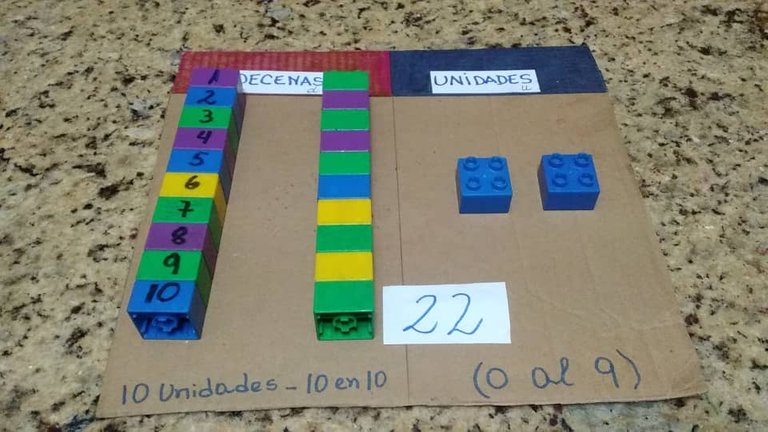

Materials:
• 1 sheet of cardboard (cut from a box).
• Red and blue markers
•Scissor
•legos
•Rule
•Pencil
• 1 white sheet
•Cold sylicon
Materiales:
• 1 lámina de cartón (recortada de una caja).
• Marcadores rojo y azul
• Tijera
• Legos
• Regla
• Lápiz
• 1 hoja blanca
• Silicón Frio
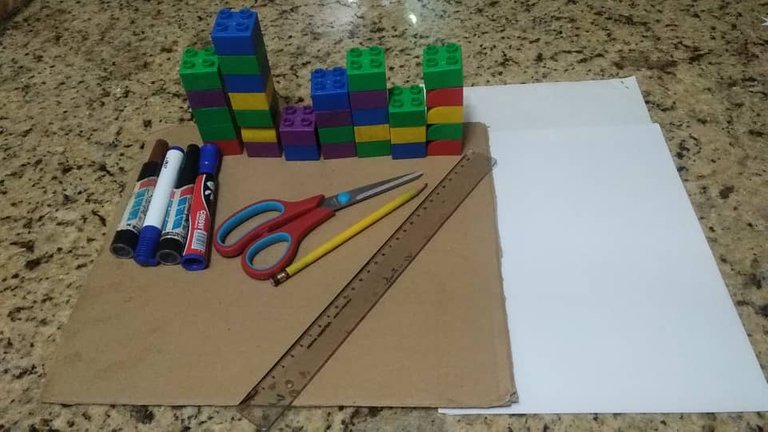

Step 1:
With a ruler and pencil, mark and cut out the cardboard sheet, to straighten it, then, elaborate on it, the Positional Table, using blue and red markers, identifying in the first row on the right, the Units, with the blue color, (with units of 1 in 1, from 0 to 9). And the second row, on the right, the Ten, with the color red, which represents 10 units, that is, counting from 10 by 10 (when reaching 100 it would become a Hundred, which will be explained in another post).
Each digit has a place value. It can be abbreviated, the Unit with the letter u and the ten with the letter d.
Paso 1:
Con una regla y lápiz, marcar y recortar, la lamina de cartón, para enderezarla, luego, elaborar sobre la misma, la Tabla Posicional, utilizando, marcadores azul y rojo, identificando en la primera fila de la derecha, las Unidades, con el color azul, (con unidades de 1 en 1, del 0 al 9). Y la segunda fila, por la derecha la Decena, con el color rojo, que representa, 10 unidades, es decir, contar de 10 en 10 (al llegar a 100 pasaría a ser Centena, el cual se explicaría en otro post).
Cada dígito, tiene un valor posicional. Se puede abreviar, la Unidad con la letra u y la decena con la letra d.
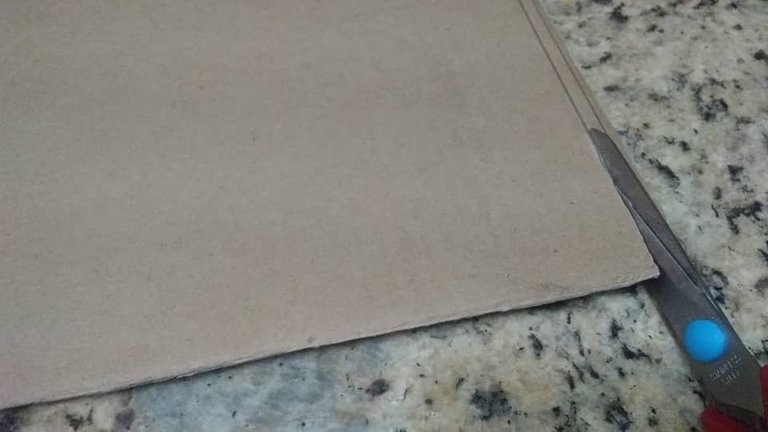

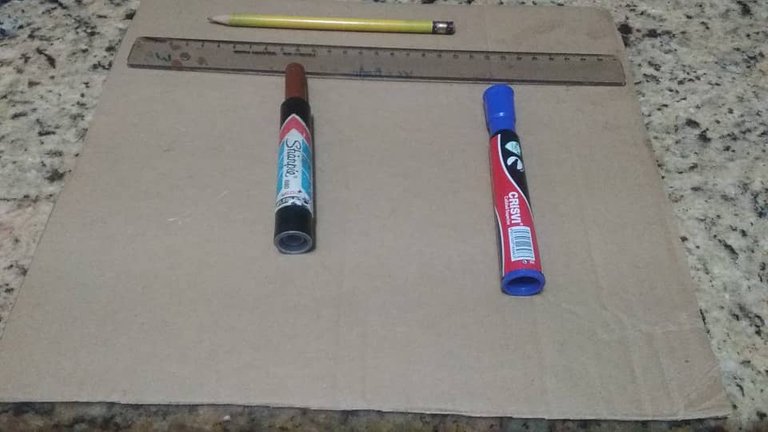
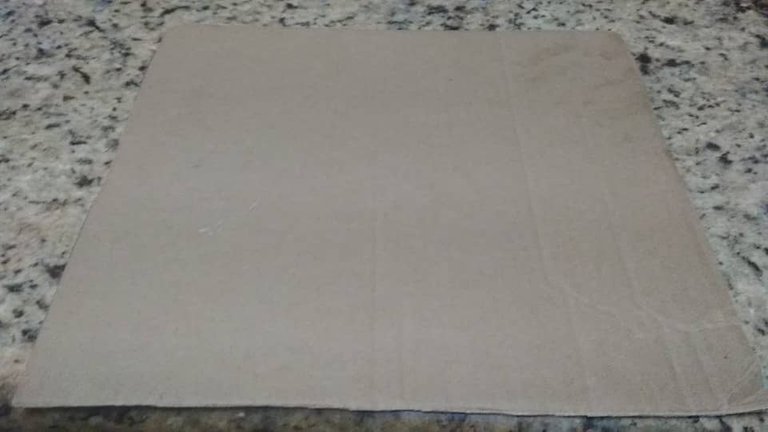
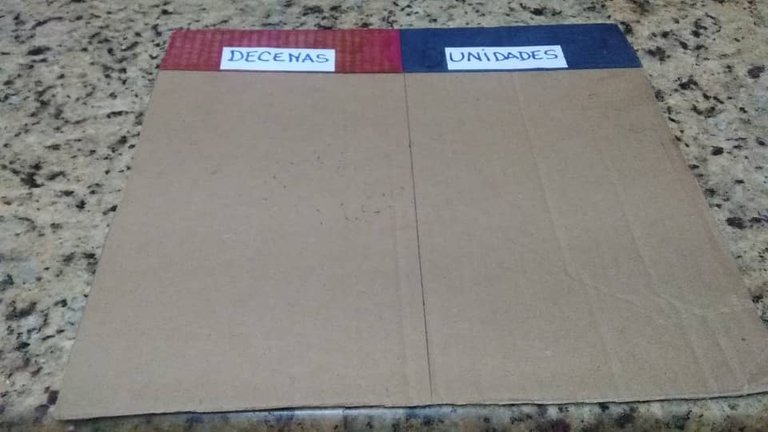

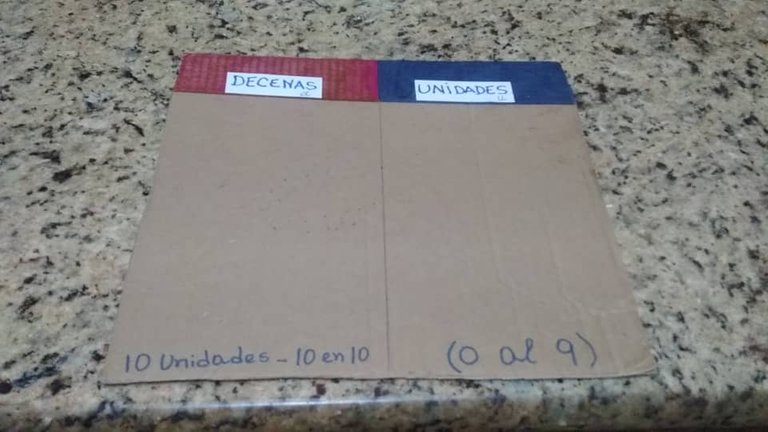

Step 2:
Cut out, on a white sheet, small squares, to write in each one of them, numbers, to exemplify the units and tens.
Paso 2:
Recortar, en una hoja blanca, pequeños cuadros, para escribir en cada uno de ellos, cifras, para ejemplificar las unidades y decenas.
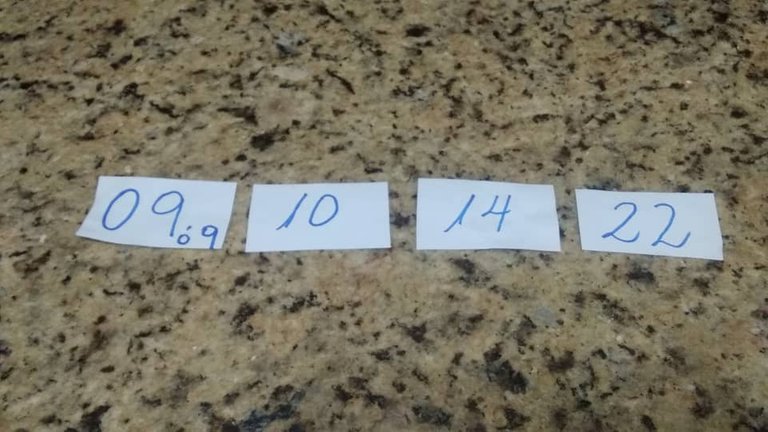
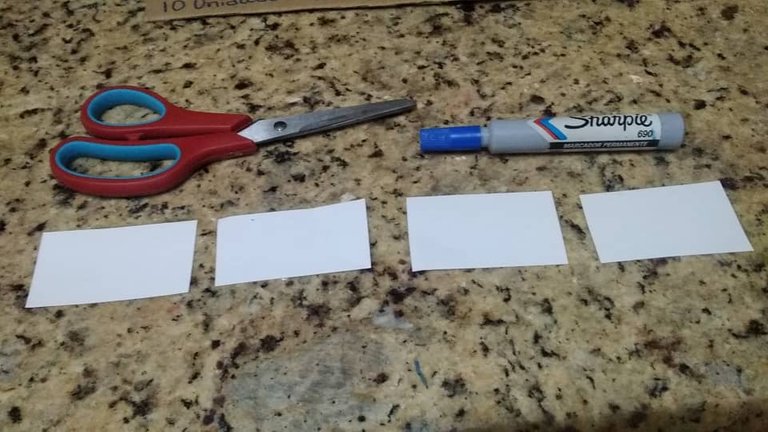

Step 3:
Using the laymen, represent figures, locating in the Positional Table, the Units and Tens.
Paso 3:
Valiéndonos, de los legos, representar cifras, ubicando en la Tabla Posicional, las Unidades y Decenas.
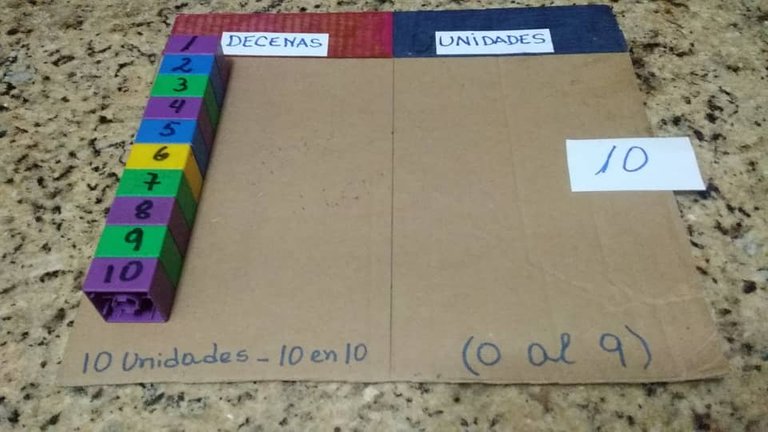
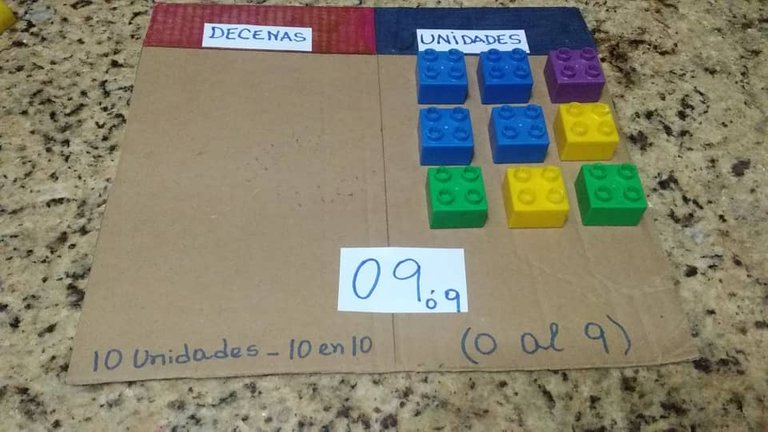
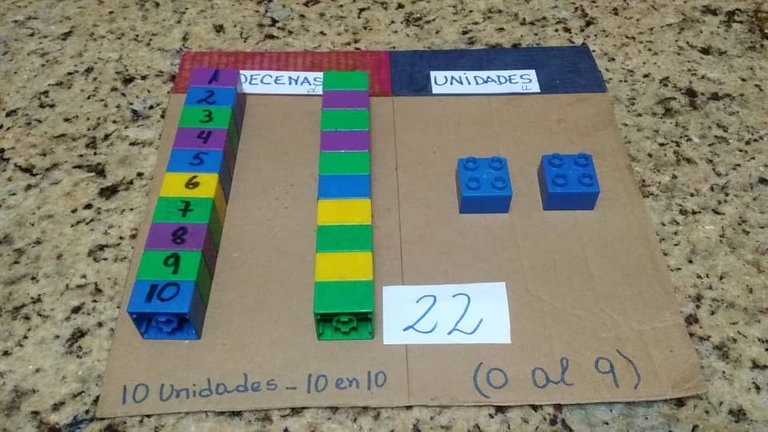
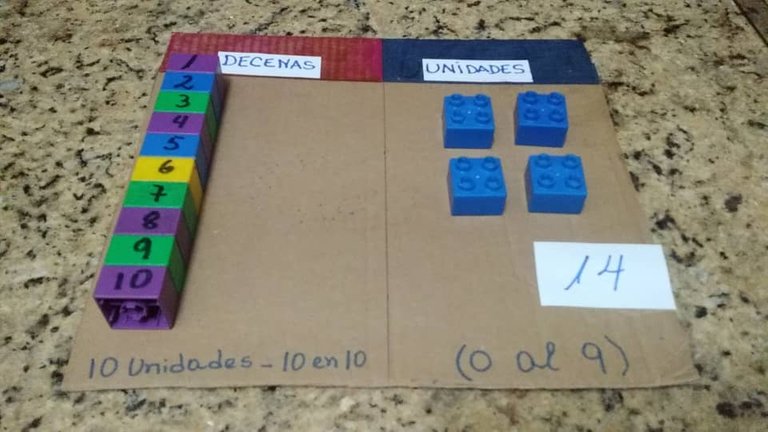

Thus, this resource would be ready, excellent, for the Teaching of Units and Tens, for First Grade Children, encouraging them, to the world of mathematics.
Así, quedaría listo, este recurso, excelente, para la Enseñanza De Las Unidades Y Decenas, Para Niños De Primer Grado, incentivándolos, al mundo de las matemáticas.


Hoping that this resource pleases them, to teach-playing, with their Legos, to the children, they would be motivated, in this way, to learn and identify numbers, in which the units and tens are presented to them, in a fun. “Learn by doing and playing”.
Thank you for taking your time to read my post. Greetings
Esperando, que este recurso, les agrade, para enseñar- jugando, con sus legos, a los niños, se les motivaría, de esta manera, a aprender e identificar cifras, en las que se les presente las unidades y decenas, en una forma divertida. “Aprender haciendo y jugando”.
Gracias, por tomar de su tiempo, en leer mi post. Saludos
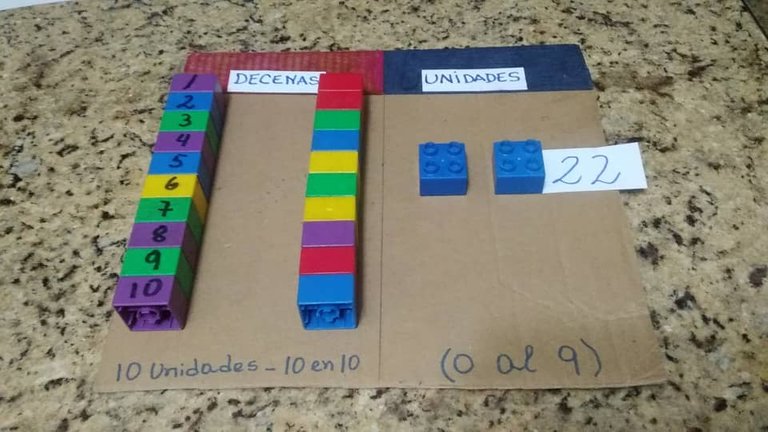

Until next time/ Hasta la Próxima

All photos are my property taken with my Redmi Go smartphone
.All separators are my property, free to use.
.English it is not my native language, I help myself with translators to make these posts
............................................
. Todas las fotos son de mi propiedad tomadas con mi celular inteligente Redmi Go
. Todos los separadores son de mi propiedad, libres de uso
. El inglés no es mi idioma natal, me ayudo de traductor

Bendiciones @naimajudith, trabajar las unidades y decenas con los peques a veces resulta un tanto difícil pero implementando estrategias dinámicas como esta que compartes hacen que el aprendizaje sea divertido y significativo.
Paz y bien!
Hola, gracias por su comentario, es por ello que para explicar matematica, debemos valernos de recursos recreativos para estas edades, de manera de explicarles en forma clara, dinamica y divertida. Saludos @virgilio07
Hola amiga @naimajudith 👋
Una buena estrategia para enseñar las unidades y decenas a nuestros niños. Las matemáticas suelen ser un poquito complicadas al principio y hacer el aprendizaje divertido puede ayudar a que el aprendizaje sea más ameno.
Gracias por compartir, saludos
Hola, amiga gracias por su comentario, a traves de este tipo de actividades ludicas, podemos darle un significado claro al niño, para un aprendizaje, divertido y ameno. Saludos @eumelysm